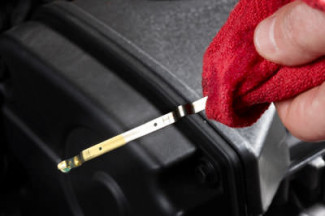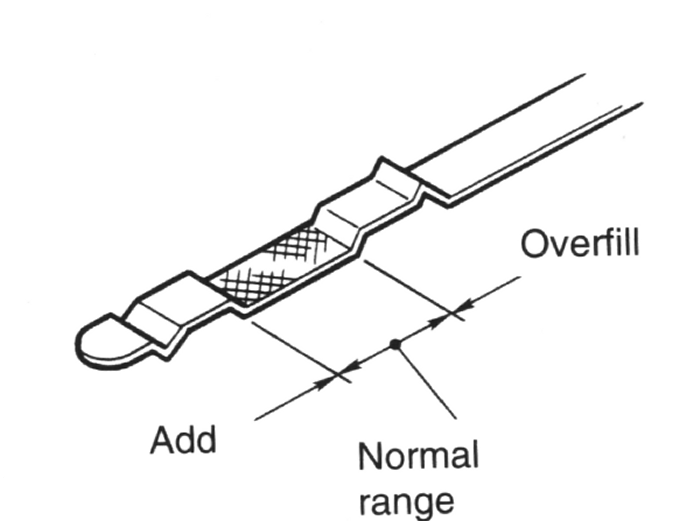How to Check Your Oil
 The oil in your car’s engine is there to lubricate, not burn. So checking your oil is a way to determine if there’s enough of the stuff aboard and if the engine has developed an appetite for it.
The oil in your car’s engine is there to lubricate, not burn. So checking your oil is a way to determine if there’s enough of the stuff aboard and if the engine has developed an appetite for it.
First, look in the owner’s manual and determine where the oil dipstick is. In most cars it’s alongside the engine block and marked with a brightly colored handle and an oil-can icon.
Take your car for a spin to warm the oil to normal operating temperature. Then park the car on a level surface and let it sit with the engine off for at least five or ten minutes. Open the hood, find the dipstick, and pull it out by the handle. The long shaft of metal that makes up the majority of the stick should be covered in engine oil. Wipe that off with a clean rag.
Reinsert the dipstick, and then pull it out again. At the bottom of the stick will be markings showing where the normal oil level should be. If there’s oil on those markings, you’re good. If it’s below them, add a half a quart of oil at a time until you reach the appropriate level. If there’s no oil on the stick at all, you have a problem.
Don’t run your engine on a measly oil supply. Add the appropriate type of motor oil (that’s in the owner’s manual, too) as soon as possible to an engine that’s low. Even if it’s only been a few hundred miles since the oil sump was filled, you could have serious problems.
Source: CarandDriver
